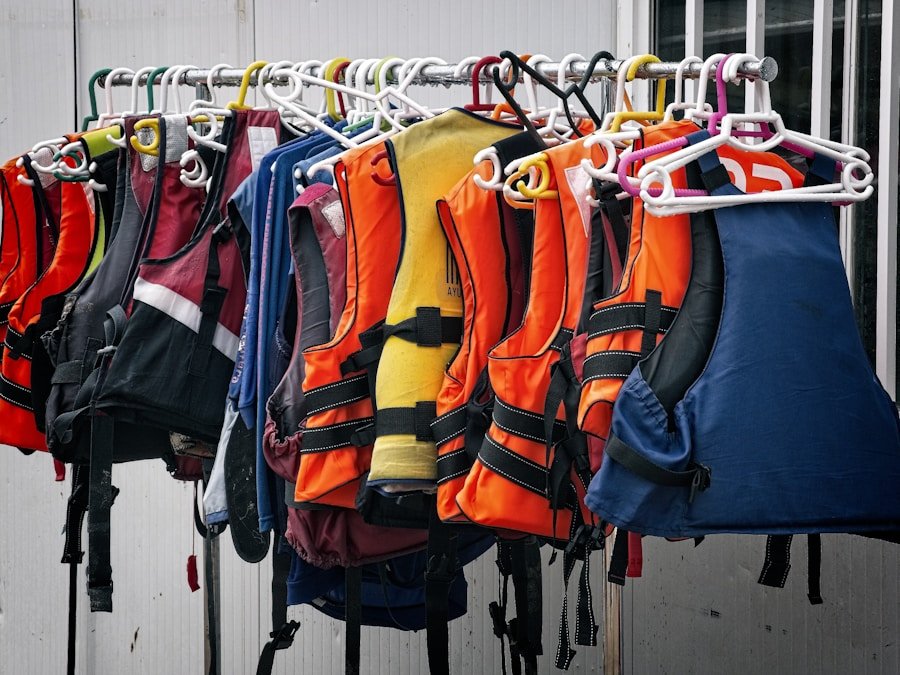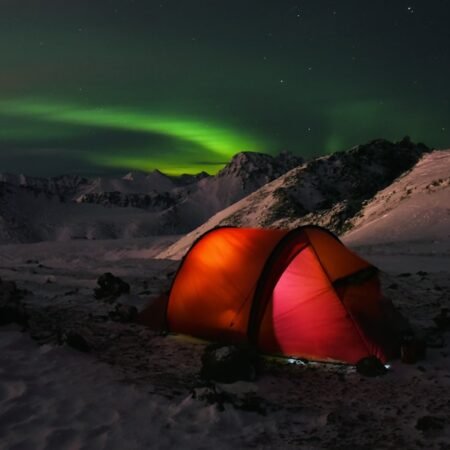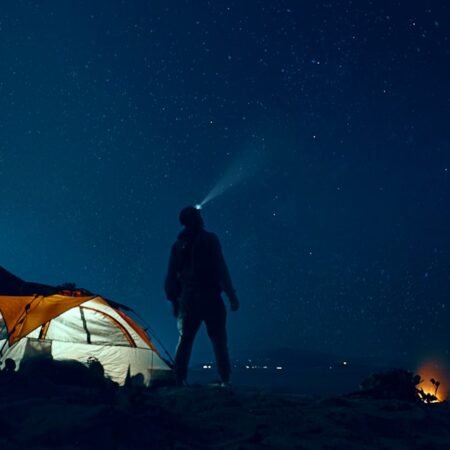When it comes to capturing jaw-dropping outdoor shots in camping, having the right camera equipment and understanding the basic settings is crucial. A good quality DSLR or mirrorless camera with a variety of lenses will give you the flexibility to capture a wide range of outdoor scenes. A wide-angle lens is great for capturing expansive landscapes, while a telephoto lens is perfect for zooming in on wildlife or distant mountain peaks.
Additionally, a sturdy tripod is essential for keeping your camera steady in outdoor conditions, especially when shooting in low light or long exposure situations. Understanding the basic camera settings such as aperture, shutter speed, and ISO is also important for outdoor photography. Adjusting the aperture allows you to control the depth of field, which is crucial for creating stunning outdoor shots with a blurred background.
Shutter speed is important for capturing fast-moving subjects such as wildlife or action shots, while ISO determines the sensitivity of your camera’s sensor to light. By mastering these basic settings, you can ensure that your outdoor shots are well-exposed and sharp, even in challenging lighting conditions. In addition to the camera equipment and settings, it’s also important to consider other accessories such as filters, remote shutter release, and extra batteries when shooting outdoors.
Filters such as polarizers can help reduce glare and enhance colors in your outdoor shots, while a remote shutter release can minimize camera shake when shooting long exposures. Extra batteries are essential for extended outdoor shooting sessions, especially when camping in remote locations without access to power sources. By understanding the basics of camera equipment and settings for outdoor photography, you can set yourself up for success in capturing stunning outdoor shots during camping trips.
Key Takeaways
- Understanding the basics of camera equipment and settings is crucial for capturing stunning outdoor shots in camping.
- Mastering composition is key to framing jaw-dropping outdoor shots in camping, so pay attention to the rule of thirds and leading lines.
- Utilize natural light to enhance your outdoor photography, and be mindful of weather conditions for different lighting effects.
- Techniques for capturing candid and action shots in camping include being patient, anticipating the moment, and using burst mode for action shots.
- Enhance your outdoor shots for professional results through editing and post-processing, but remember to keep the original essence of the scene.
Mastering Composition: Tips for Framing Stunning Outdoor Shots in Camping
Once you have the right camera equipment and settings, mastering composition is key to capturing stunning outdoor shots in camping. Composition refers to how elements are arranged within the frame of your photograph, and it plays a crucial role in creating visually appealing outdoor shots. One of the most important composition techniques for outdoor photography is the rule of thirds, which involves dividing the frame into nine equal parts using two horizontal and two vertical lines.
By placing key elements such as the horizon or a prominent subject along these lines or at their intersections, you can create a more balanced and visually interesting composition. Another important aspect of composition in outdoor photography is paying attention to leading lines and framing. Leading lines are natural or man-made elements that lead the viewer’s eye into the scene, such as a winding river or a trail through the forest.
By incorporating leading lines into your outdoor shots, you can create a sense of depth and draw the viewer into the scene. Framing involves using natural elements such as trees or rock formations to frame your subject, adding depth and context to your outdoor shots. In addition to these composition techniques, it’s important to consider the use of foreground interest and negative space in outdoor photography.
Including a prominent foreground element such as a colorful wildflower or a weathered fence can add depth and interest to your outdoor shots, while negative space can be used to create a sense of isolation or tranquility in your compositions. By mastering these composition techniques and paying attention to the arrangement of elements within your frame, you can elevate your outdoor photography and capture stunning shots during camping trips.
FAQs
What are some essential tips for capturing jaw-dropping outdoor shots in camping?
Some essential tips for capturing stunning outdoor shots in camping include finding the right lighting, using a tripod for stability, experimenting with different angles and perspectives, and incorporating elements of nature into the composition.
What camera equipment is recommended for capturing outdoor shots in camping?
For capturing outdoor shots in camping, it is recommended to use a DSLR or mirrorless camera with a variety of lenses, a sturdy tripod, lens filters for different lighting conditions, and a camera bag for protection and easy transportation.
How can one make the most of natural lighting for outdoor photography in camping?
To make the most of natural lighting for outdoor photography in camping, it is important to plan the shoot around the golden hours of sunrise and sunset, utilize the soft diffused light of cloudy days, and avoid harsh midday sunlight by seeking out shaded areas or using a reflector to soften the light.
What are some composition techniques for capturing compelling outdoor shots in camping?
Some composition techniques for capturing compelling outdoor shots in camping include using the rule of thirds, leading lines to draw the viewer’s eye, framing the subject with natural elements, and incorporating foreground interest to add depth to the image.
How can one enhance their outdoor photography skills from amateur to pro level?
To enhance outdoor photography skills from amateur to pro level, it is important to practice regularly, study the work of professional outdoor photographers, seek constructive feedback, and continuously learn about new techniques and equipment through workshops, online tutorials, and photography books.













